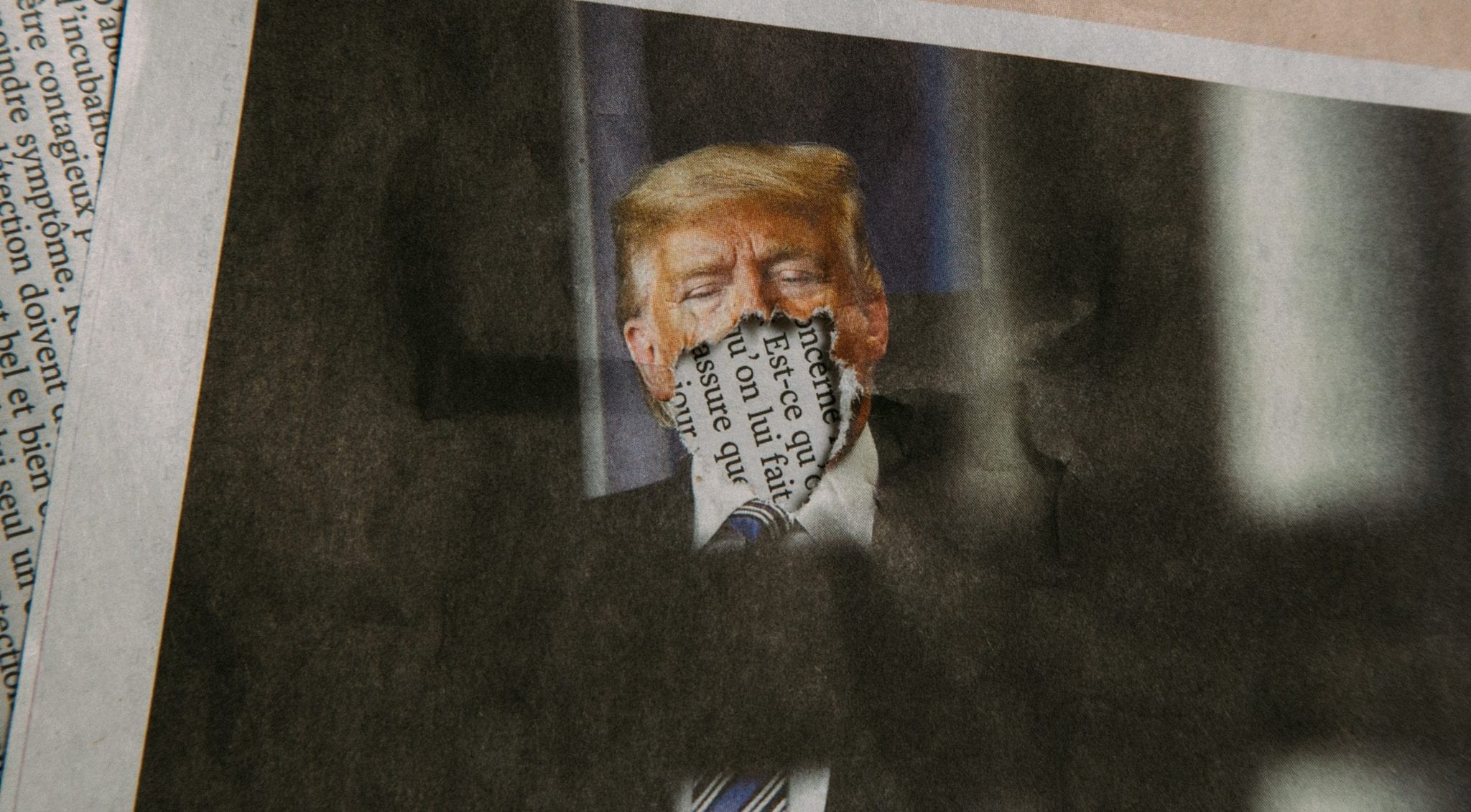To say that conspiracy theories are popular these days is probably the understatement of the century. You might as well call the rules of time travel in Avengers: Endgame ‘a bit confusing’, or Godzilla ‘rather big’. Studies have suggested that a sizeable proportion of us believe at least one, and with a worldwide pandemic and inflammatory political climates, combined with the power of social media, they’re easier to spread than ever before. The current à la mode ones mostly concern the coronavirus pandemic – it’s a Chinese biological weapon, it’s caused by 5G broadband, it’s a hoax etc – and the 2020 U.S. election – more on that in a minute. Suffice it to say that when times get uncertain and scary, for some people even the most bonkers theories become dangerously easy to believe. Then, we had the ‘Trump Tapes’.
In a move that’s been called “far worse” than the 1972 Watergate scandal, it was revealed earlier this week that Donald Trump spent an almost-hour-long phone call trying to commit election fraud. Specifically, he pressured Georgia’s Secretary of State Brad Raffensperger (and Raffensperger’s lawyer, Ryan Germany) to “find” 11,780 votes to overturn his defeat in the state. But what made the tapes particularly interesting was the sheer number of conspiracy theories that Trump referenced during that phone call. There was the one about Dominion voting machines being rigged, the “no poll watchers” one, the one about ballots being shredded… Oh, and apparently “close to 5,000” dead people voted (the actual number was two). In fact, essentially every claim in the tapes has been debunked. The most notable part, though, is Trump’s insistence that the election was rigged against him. Had it been fair, he insists, there’s “no way” he could have lost.
It all sounds laughable, until you remember that these kinds of delusional fictions can have very real – and sometimes extremely dangerous – consequences. Case in point: that small incident on Thursday, when hundreds of Trump’s supporters forced their way into the Capitol building. Widespread vandalism and looting ensued and five people died, including a police officer. Highlights of the day included Confederate flags, a man sporting a “Camp Auschwitz” hoodie and a few DIY nooses, one made out of a news crew’s abandoned and broken camera equipment.
Trump and the Capitol Insurrection: A Legacy Forever Stained
Notably, these events serve as excellent examples of the logic which fuels conspiracy theories. Studies demonstrate, for example, that people are more likely to believe them if they’re experiencing anxiety. And Trump is certainly anxious: you can hear it throughout the phone call, as he tries everything from complimenting Ryan Germany’s surname to threatening Raffensperger with unspecified legal consequences. Plus, meeting fellow conspiracy theorists allows people to feel a sense of belonging, and to feel special. This, by the way, is probably how Trump’s “star witness” Melissa Carone felt when she got her own 15 minutes of fame, voicing similar voter fraud-based myths at an official hearing.
Most importantly, though, conspiracy theories are very attractive to people who feel disempowered. They get a chance to see themselves as heroes, with the opposition as the bad guys. And boy are Trump, his supporters and every Republican politician who still supports him feeling disempowered right now. So they’ve cast themselves as courageous rebels, with almost any authority figure except Trump as the enemy — even the police and Mike Pence were branded as traitors. No doubt this sentiment will be exacerbated now that news footage and social media posts of their illegal activity are being picked up by the FBI.
But as disturbing as these events might be, they’ve also demonstrated something else: conspiracy theories might be comforting, but they have their limits. Trump’s desperate verbal scrabblings might make him feel better, but they won’t change the fact that he lost. His devotees caused a lot of disruption and delayed Congress’ affirmation of Joe Biden’s victory, but it still went ahead.
The really ironic bit? The rioters were treated by law enforcement with extreme leniency, for the most part, despite the immediate and widespread vandalism and looting. As many have pointed out, this was a far cry from their previous treatment of even the most peaceful Black Lives Matter protesters. But sure, guys — it’s you, the white, well-off Confederate flag-wavers, who the system’s conspiring against. Definitely you.
After all, I saw a very scientific-looking graph on Twitter that said just that. So it must be true… right?
Right?
Words by Emma Curzon
Support The Indiependent
We’re trying to raise £200 a month to help cover our operational costs. This includes our ‘Writer of the Month’ awards, where we recognise the amazing work produced by our contributor team. If you’ve enjoyed reading our site, we’d really appreciate it if you could donate to The Indiependent. Whether you can give £1 or £10, you’d be making a huge difference to our small team.
